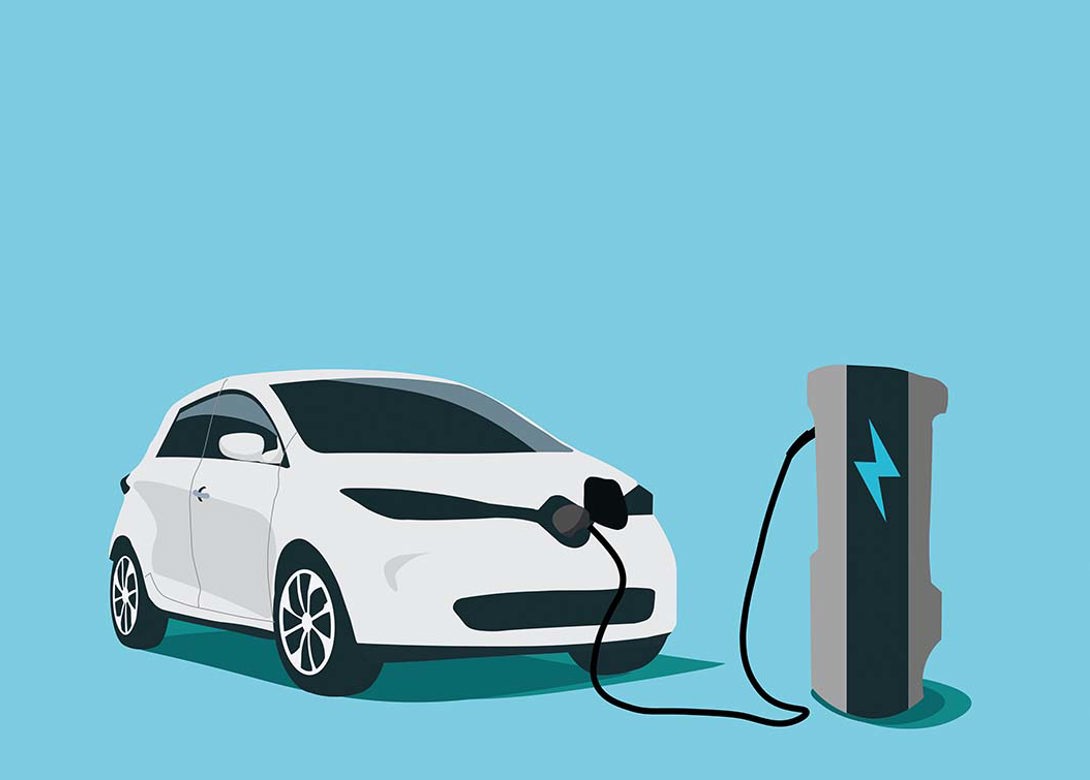

With the automotive industry focused on the electrification of the drive system in vehicles, corresponding threaded fasteners have an important role to play. Here Annedore Bose-Munde, qualified engineer and business and technical journalist, looks at how Arnold Umformtechnik is extending its multi-faceted expertise into the electromobility sector.
The objective of fastening solutions in the electric vehicle sector is to produce contact points with low transition resistances, which will give stable operation over a long period. Arnold Umformtechnik has many years of experience in developing and manufacturing complex fasteners and fastening solutions.
“Our principal is that we want to become partners and service providers to our customers. In that way, we get to know all about the challenges that they need to overcome against the backdrop of the changing mobility market,” said Florian Lutz, product and systems developer at Arnold Umformtechnik.
“We want to provide our customers with expertise and skills. Ultimately, customers expect us to understand their problems and concepts. From the investigative laboratory services and reports that they commission from us, they want to understand the practical effects on their components and component assembles.”
One thing for sure is that Arnold wants to know what its customers require of the fasteners to be used in electric vehicles. It is only in that way that the company can then develop expert solutions at an early stage and with precision. So, along with its normal business, the company has built up skills and expertise aligned in particular to the electromobility sector. Thus, for example, Arnold offers its customers resistance measurements – on the component itself and also on the test model.
An energisation test rig is currently in operation, which is used, in the first step, to impinge the test piece with up to 1,000 A. It is then possible to check where heating occurs and where components are thermally destroyed. Thus, the effects of the current flow are shown clearly and meaningfully.
Understanding the legalities of electromobility
Arnold offers its clients who work in the electrification sector all the standard services provided by the company, in other words, it manufactures fasteners. In addition, it provides the laboratory services already referred to, along with expertise and consultation services for individual applications. As a result of increasing electrification in the industry, Arnold is also looking at copper as well as steel, the standard material currently in use. Demand for copper has risen strongly because it scores well in conductivity tests.
“Our customers expect a high-level of understanding of their particular task, as well as, naturally enough, rapid and expert reactions to their requests,” continued the development engineer, who is responsible for the processes involved. This means that to be able to react quickly to customers’ requirements, it is also important for manufacturers of fastening solutions to fully understand the legalities of electromobility. There are many cogs set in motion here – starting with expert advice given by the field sales staff, followed by producing a quotation, and then fulfilling the project.
Solutions for current conducting elements in areas of high voltage
Fasteners have been reliably implemented in electrical settings for a long time. For example, for conducting steel parts, standard screws such as Taptite or metric screws fasten the equipotential bonding or the earth terminals of a circuit board. Press fit fasteners, and sometimes customer specific fasteners may also be used. The aim is to ensure a safe resistance and a defined clamping force. And for high voltage fastenings, traditional fasteners are used as energy store mechanisms. In a cable lug for example, attached to a power rail, thus ensuring a supply to the power electronics. Here, the screw has nothing to do directly with the current flow, because that flows from the cable lug via the contact surface. It has the function of applying the clamping force, making contact with the component and maintaining that contact throughout its service life. Here too, suitable standard fasteners are used depending on the application in question.
In recent years, current conducting elements for use in areas of high voltage have come increasingly into focus within the electromobility sector. These are fasteners that firstly create the fastening and secondly carry the current. Many of Arnold’s customers are already very preoccupied with this issue. That is why at the fastening manufacturer’s premises in Forchtenberg, south-west Germany, complex develoment work is already underway – with a view both to design and to the use of pure copper or copper alloys. “Arnold Umformtechnik has already included connectors for chargers in its range,” said Florian Lutz, who has worked at the company for eight years. “But we are now working on double threaded bolts, to which cables can be connected externally to the left and right, so that they can create a through connection through a housing. Welded or press fit bolts are also feasible. When such components are made of a special copper alloy, they can conduct current and also join the components together,” he continued.
“We are receiving a host of enquiries focussing on the electromobility sector. These have increased greatly over the past few years,” he said. And the work emanating from the enquiries is correspondingly extensive – technical research and development, tests and advice, and ultimately of course, the production process. This is why, for customer specific developments, and to maintain close contact with the customer, the company nominates a contact partner who will work on the customer’s project – attending the tests, tracking the development process for the fasteners, and monitoring production.

Having spent a decade in the fastener industry experiencing every facet – from steel mills, fastener manufacturers, wholesalers, distributors, as well as machinery builders and plating + coating companies, Claire has developed an in-depth knowledge of all things fasteners.
Alongside visiting numerous companies, exhibitions and conferences around the world, Claire has also interviewed high profile figures – focusing on key topics impacting the sector and making sure readers stay up to date with the latest developments within the industry.





